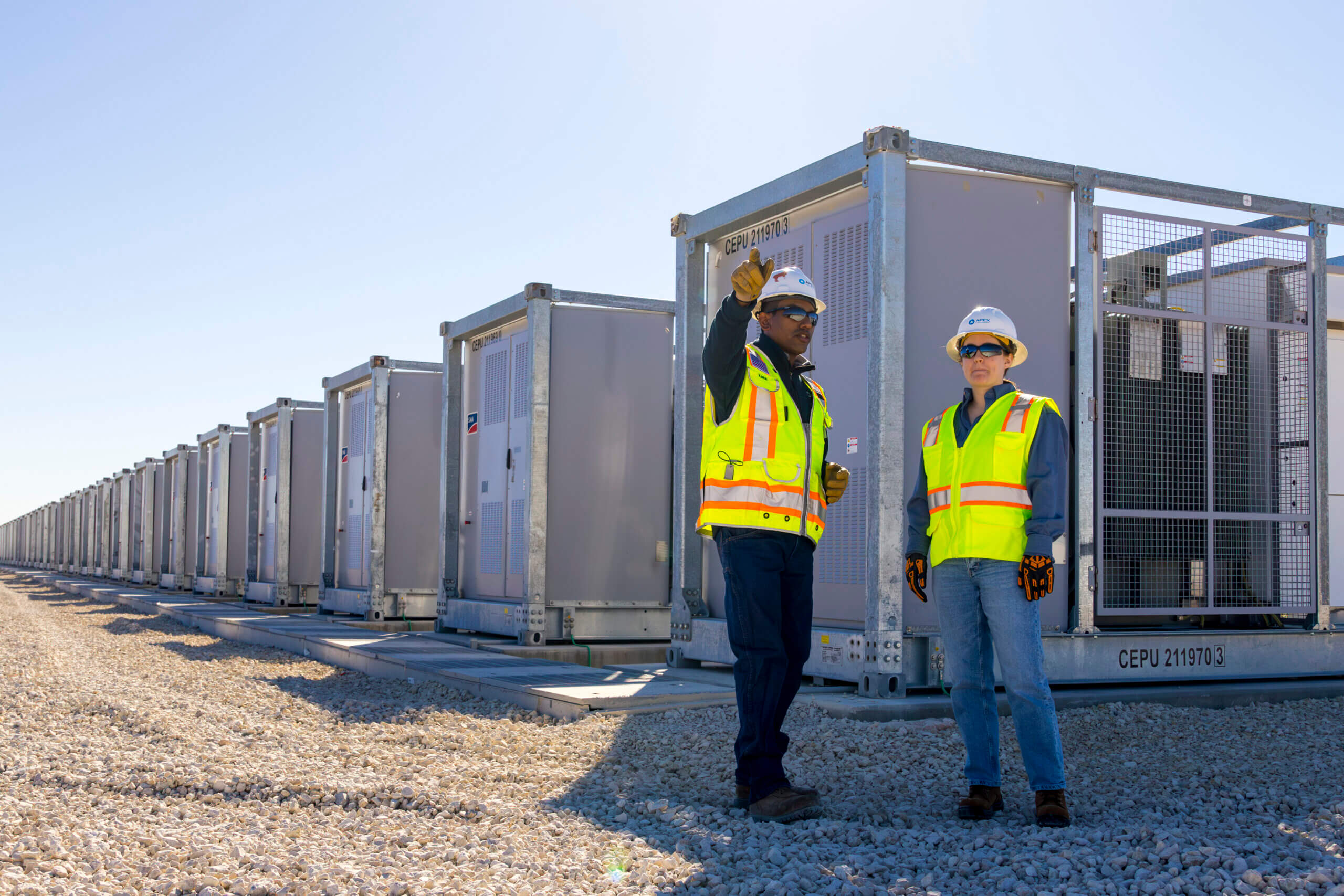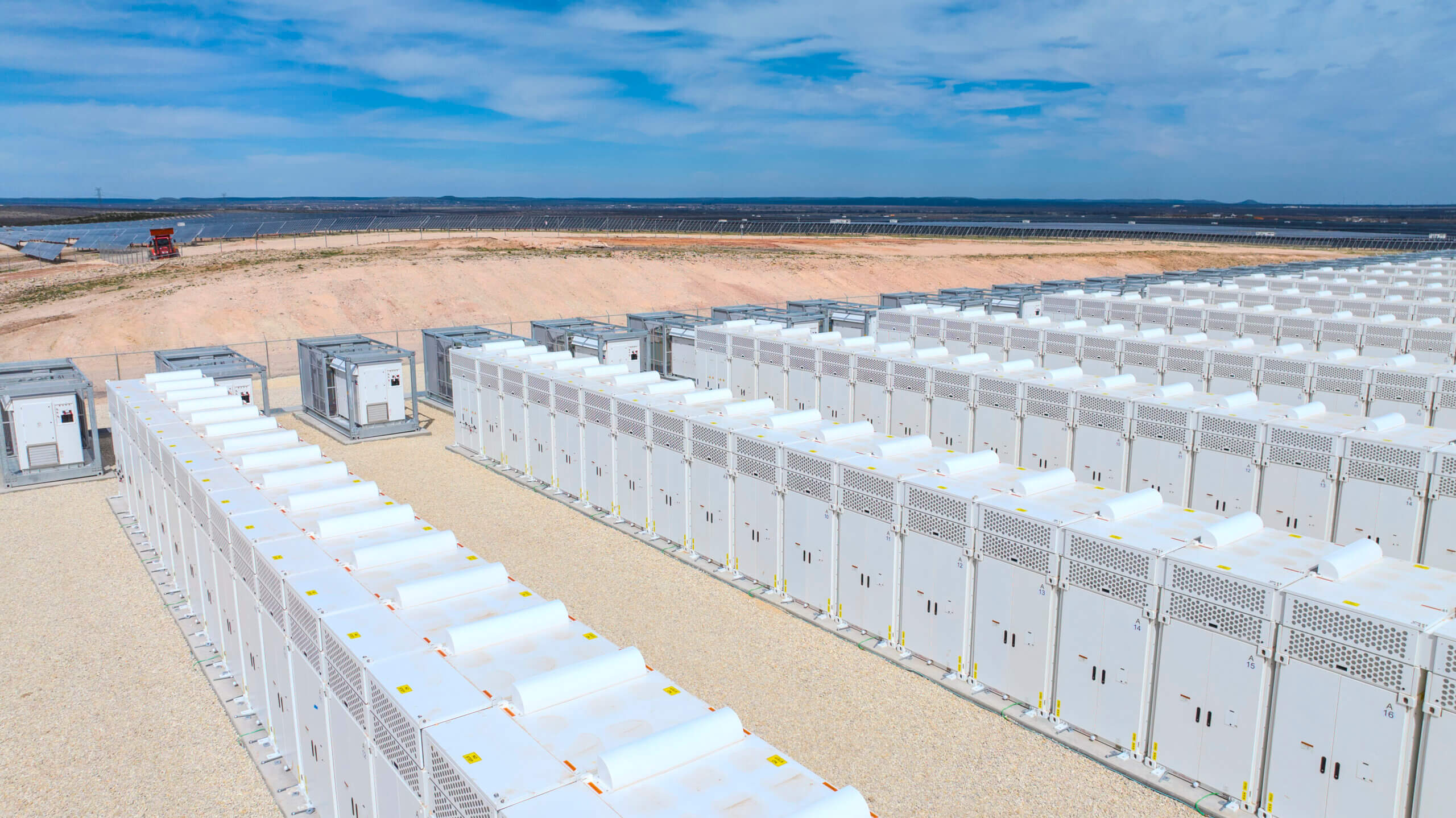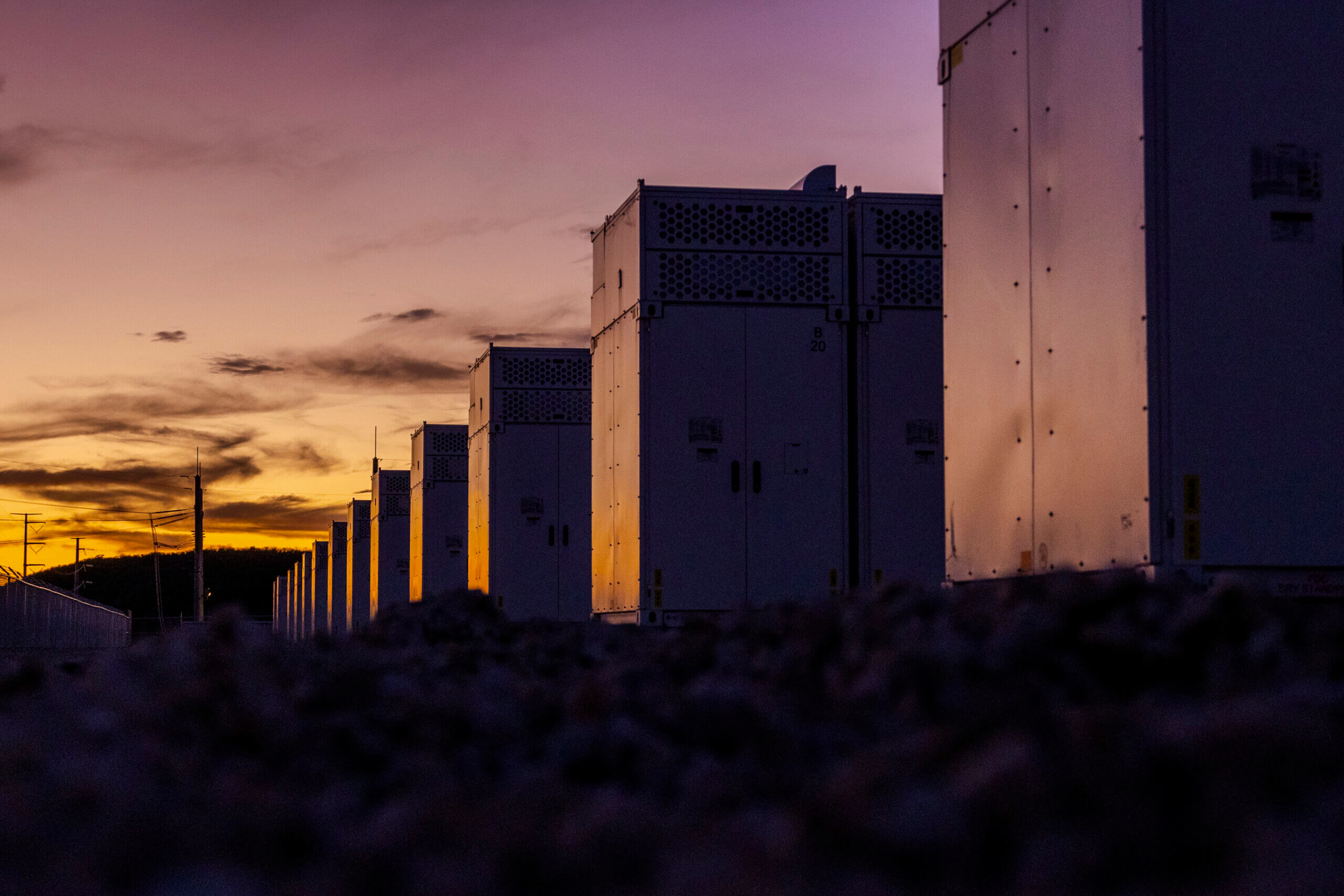Protecting the Grid in Case of Emergency
The growth of battery storage is fundamentally improving the resilience of the modern-day electrical grid.
Texas had never before seen a storm like this. College Station, usually a balmy 65 degrees in February, was blanketed in snow and ice. Cars and buses sat abandoned on icy roads, and the night was eerily dark and silent. Unequipped to handle the record-low temperatures and frozen onslaught of Winter Storm Uri, the state faced blackouts, leaving millions without electricity.
“I had just moved to Texas with my two-year-old daughter, and we were dealing with this complete loss of power. How do you keep your child warm when it’s six degrees overnight?” said Hannah Cohen, Apex senior energy storage analyst. “And we were some of the lucky ones—we regained power after just one night. We had plenty of friends who had to completely relocate their families.”
For Cohen, the experience provided both personal and professional revelations.
“I remember thinking specifically that energy storage is really crucial during weather like that,” said Cohen. “And looking back now, as Apex is constructing battery projects in Texas, I think about the value this will create. Yes, it’s for grid stability, but at the end of the day, energy storage is impacting real-life experiences.”
Cohen’s firsthand memories of Uri, paired with her understanding of the technology from day-to-day work, give her a unique view of batteries. The conclusion? Utility-scale energy storage is a game changer, not just in terms of grid reliability, but also for enabling the production of more clean power to meet growing demand, particularly amid a challenging transmission landscape.

Helping the Grid Run Smoothly

As the United States continues to progress toward its climate goals, its energy systems are becoming more complex, and the strategic importance of battery storage is coming sharply into focus.
“Storage has seen significant growth in recent years because it’s an enabler of renewable energy generation,” said Scott Weiss, Apex’s executive vice president of project delivery. “Wind and solar are intermittent, so they may not produce at the times when they are most needed. Batteries help strategically connect decarbonized power with the growing level of demand for it.”
But challenges remain: one of the largest barriers to the adoption of clean energy technologies is the age and condition of the U.S. electrical grid. The current grid was not designed to handle modern levels of demand; most of the nation’s transmission and distribution lines were constructed in the mid-20th century and have surpassed their intended lifespan.
The risks of aging infrastructure are felt most acutely during extreme conditions like Winter Storm Uri. In these situations, storage can play a crucial role, balancing out the strain on the electrical grid and stabilizing it to prevent blackouts and outages.
“There are many reasons why the grid struggled the way it did during Uri: the particular dynamics of the Texas grid being more isolated, weatherization issues, preparedness issues,” said Cohen. “But since that crisis in 2021, because of the wind, solar, and battery storage buildout, they’re now able to manage the grid a lot better. In the summer of 2023, when Texas set more extreme temperature records—this time for heat—one of the reasons why the grid was able to stay online was the use of solar and battery storage.”
The risks of aging infrastructure are felt most acutely during extreme conditions like Winter Storm Uri. In these situations, storage can play a crucial role.
But even outside extreme weather events, storage bridges the gap as we work to build and upgrade transmission infrastructure.
“Battery systems store excess energy to ensure that transmission lines are not congested during peak hours or when you have excess amounts of energy produced by wind and solar,” said Apex electrical engineer Kasun Chandrarathna. “They ensure that energy is not wasted, since it doesn’t always make sense to consume energy right as it’s generated.”
Battery storage also allows for greater control over the selling price of energy. When the price of power is low, battery systems can charge up. Then, when prices rise again, they discharge to help meet the need for power.
Cohen explains: “As solar, an inexpensive form of energy generation, ramps down at the end of the day, there’s typically a high level of consumption. Batteries can offload their charge to help reduce wholesale energy prices, the benefits of which can be passed on to consumers.”
Starting With Our Commitment to Safety
As with all of Apex’s work, safety and security come before all else. This extends to storage, where the company takes extra precautions through every phase of the project life cycle to ensure safety is maintained. This means designing projects to the highest standards, including additional measures to ensure safety and fire prevention. Apex also partners with local first responders to ensure proper training— not just for employees and contractors, but for anyone who may be on site.
“Trained personnel are monitoring these systems 24 hours a day, seven days a week,” said Chandrarathna. “There are sensors in each segment to identify risks before they get aggravated and control systems to monitor and send alerts to ensure that any issues are addressed immediately.”
Beyond these project procedures and considerations, battery storage offers its own form of security for our nation’s grid.
“The more power we generate within the United States as opposed to importing, the more control we have over our own future,” said Weiss. “Storage can enable the generation of clean, domestically produced wind and solar, building American energy independence.”
storage image
storage text
Enabling the Grid of the Future
Apex’s mission to accelerate the shift to clean energy stems from an ambitious vision for the future: an electrical grid fully powered by sustainable, low-cost power.
“The energy transition is the biggest market that exists,” explained Weiss. “Wind and solar are more mature technologies, but the growth curve for storage is exponential.”
Looking to the coming years, as the need for new power generation grows—particularly as the artificial intelligence revolution creates soaring power demands—and transmission infrastructure ages, energy storage will play a crucial role in improving grid reliability as well as enabling the production of more wind and solar power. This shift is more than an evolution of the clean energy sector; it’s reflective of the new paradigm of flexible and emission-free power generation.



